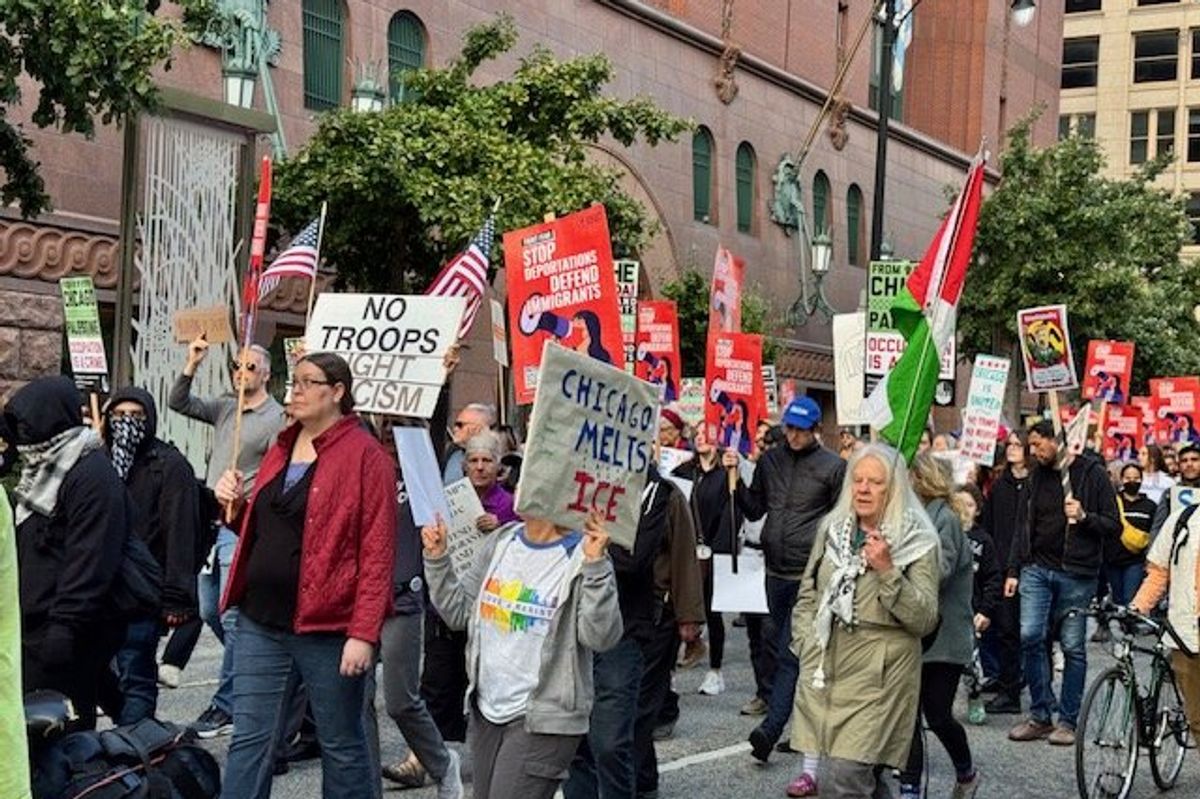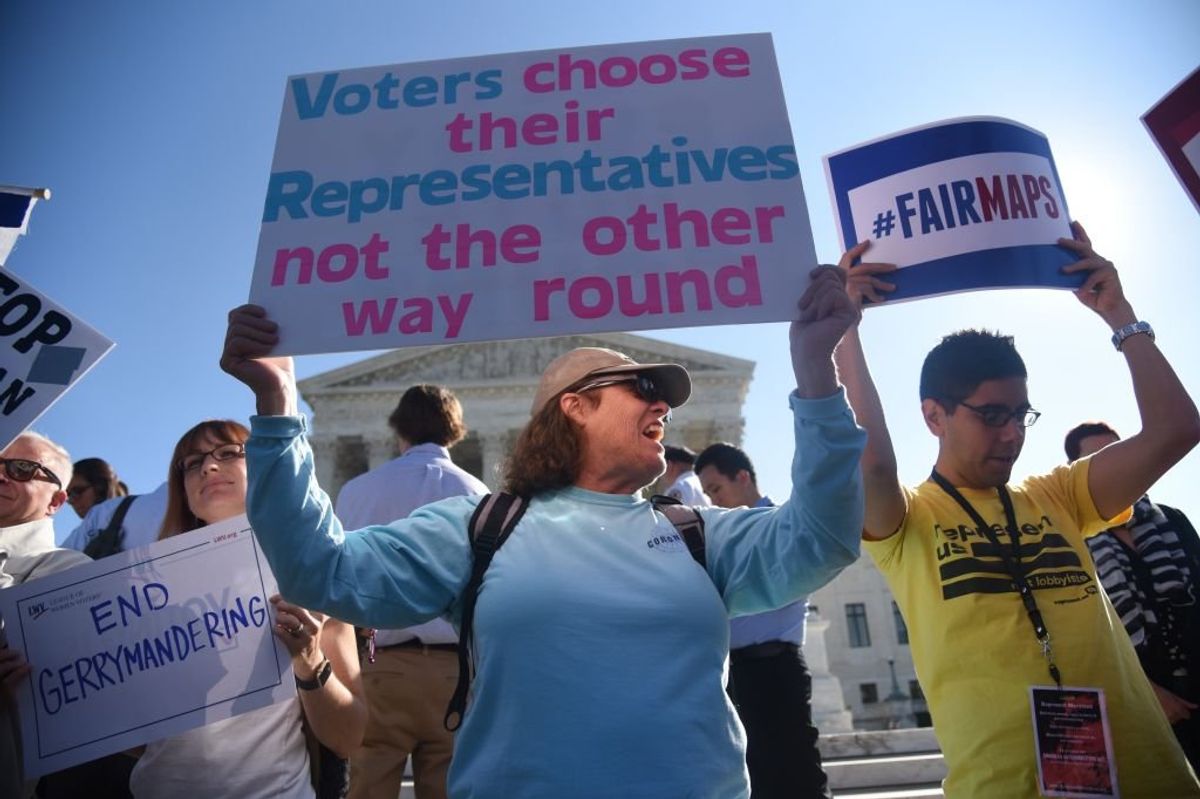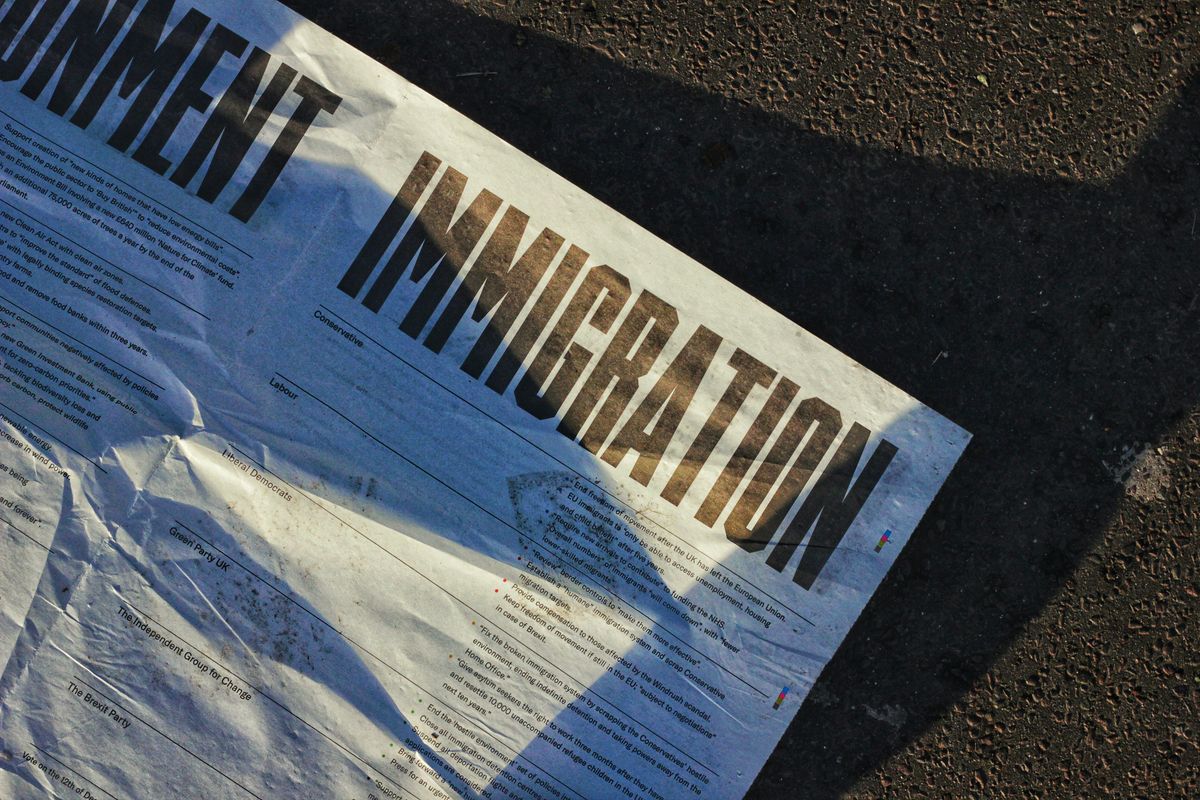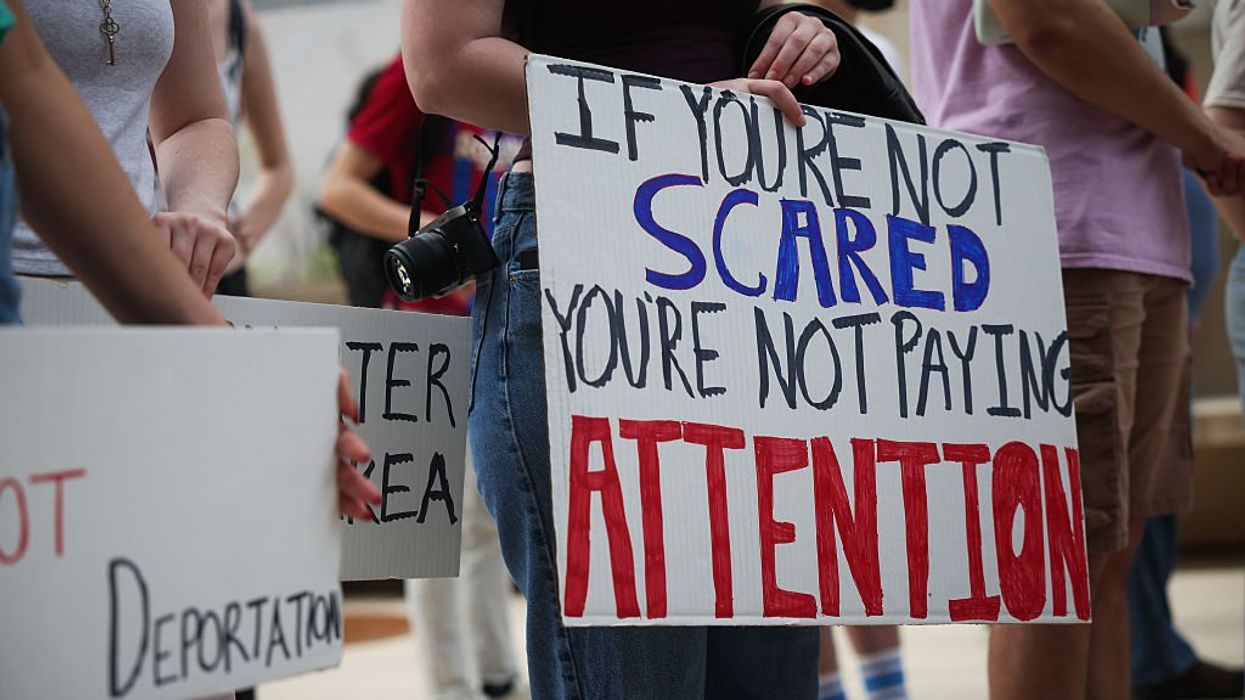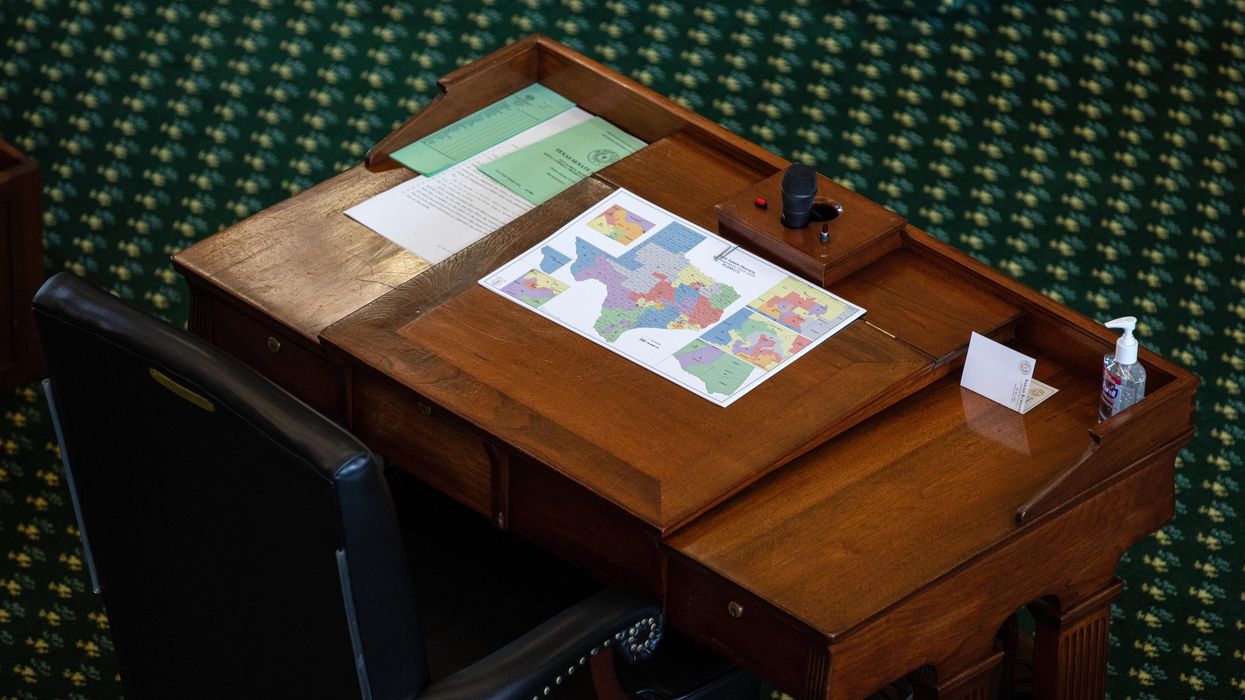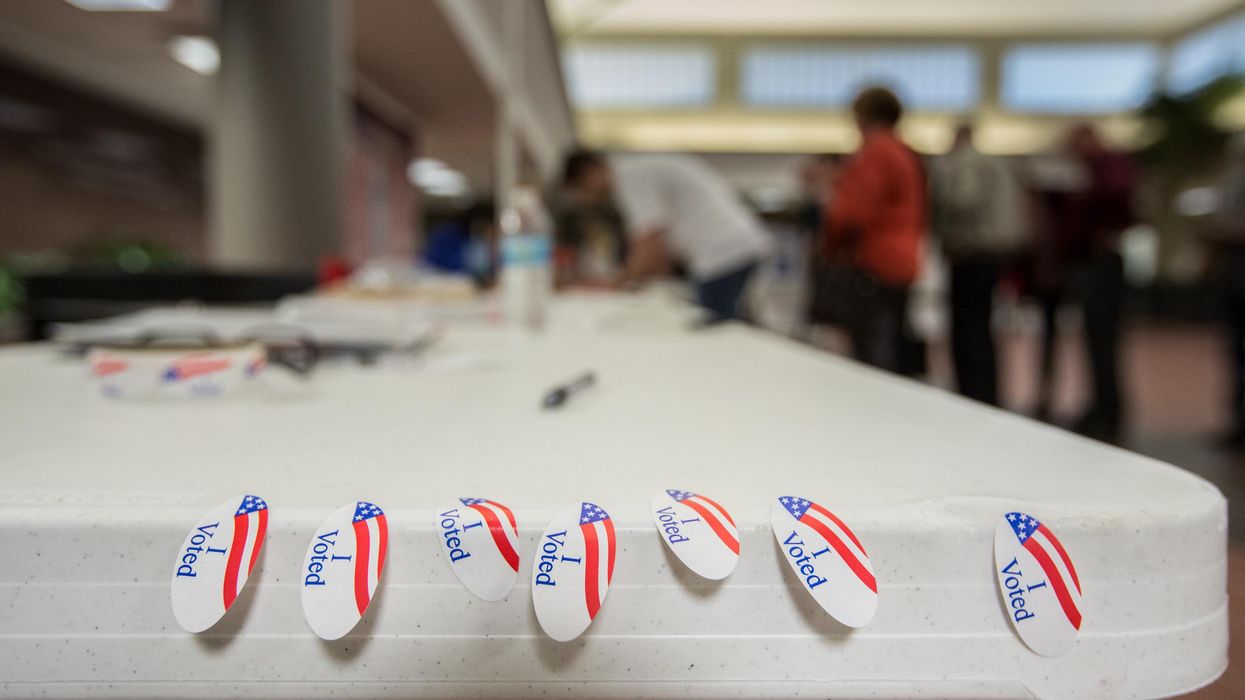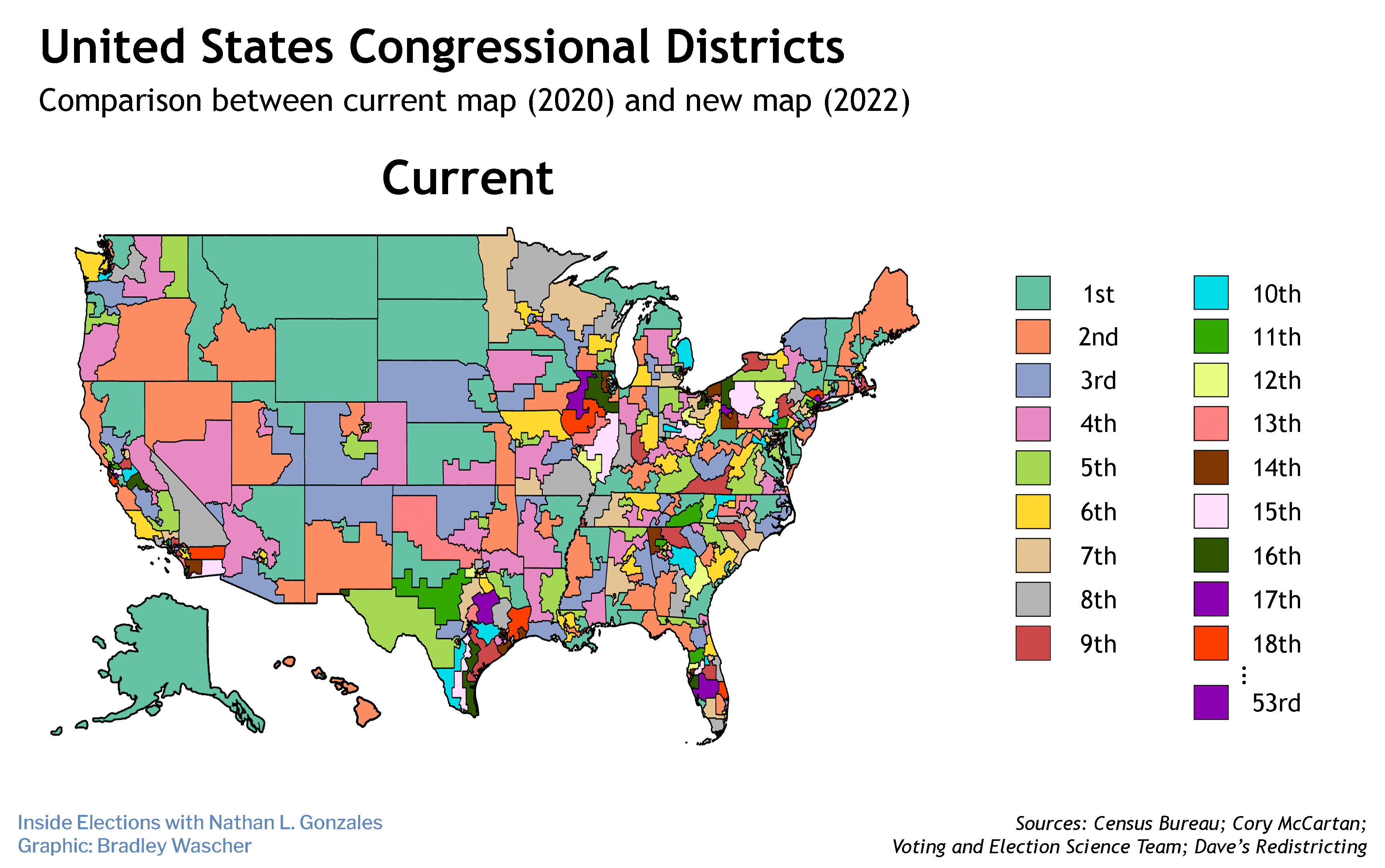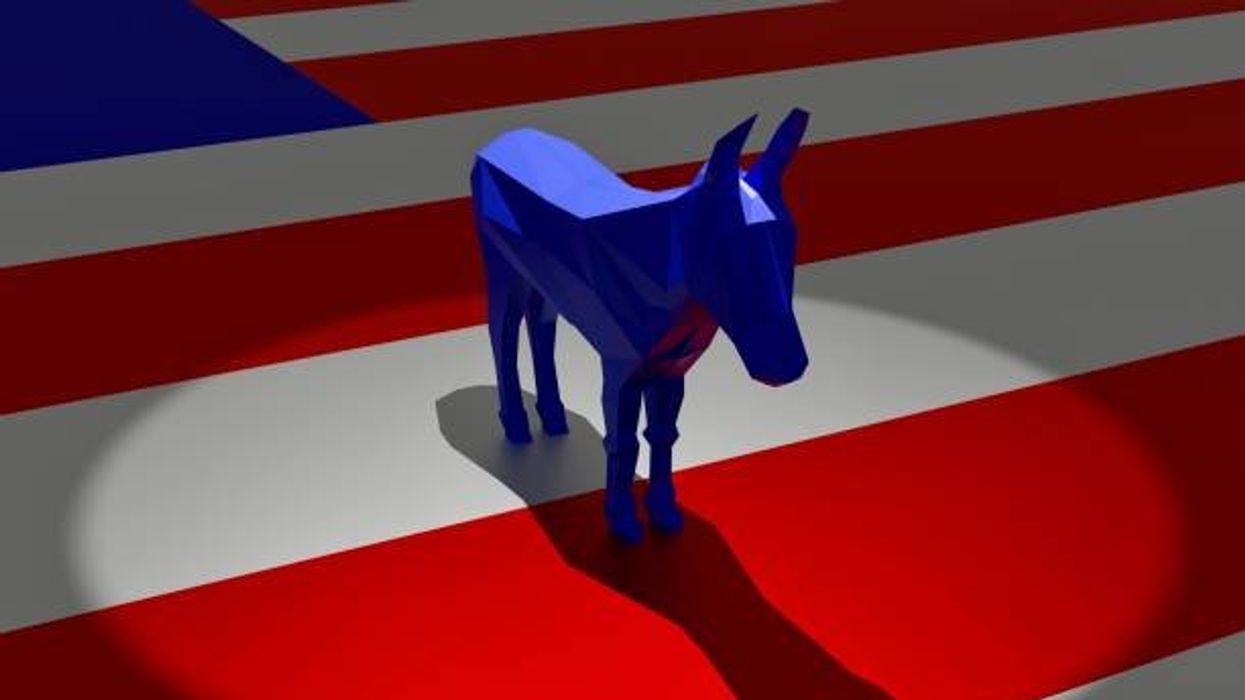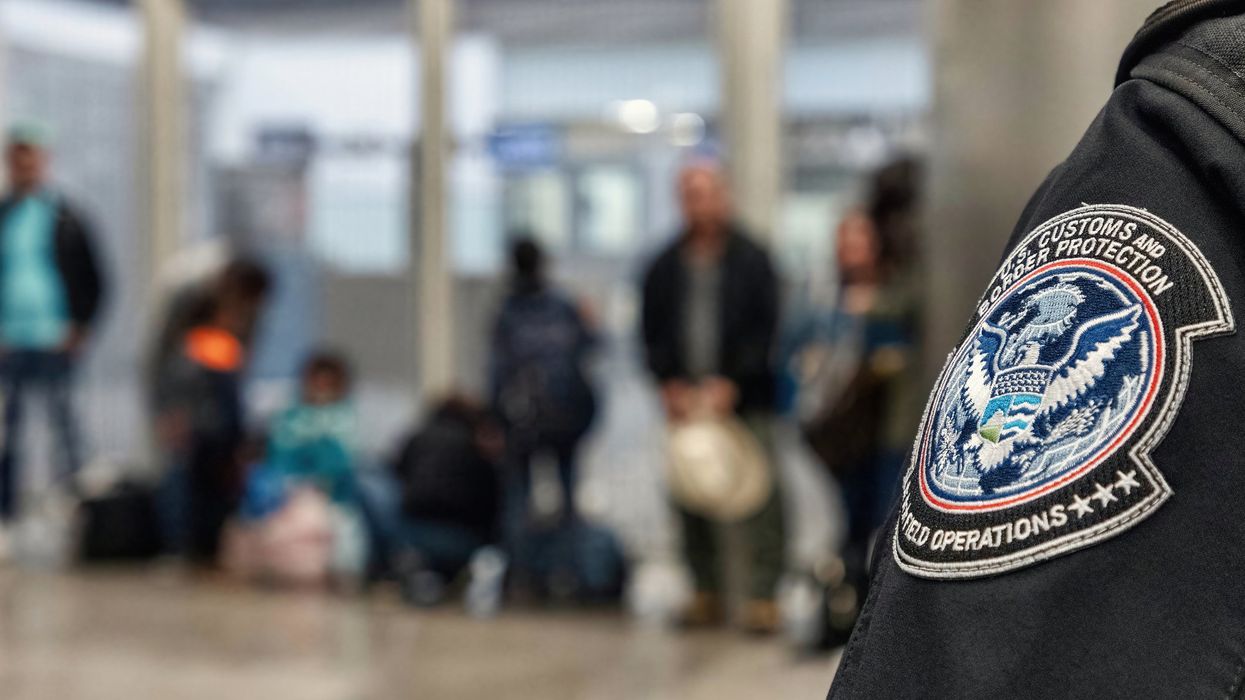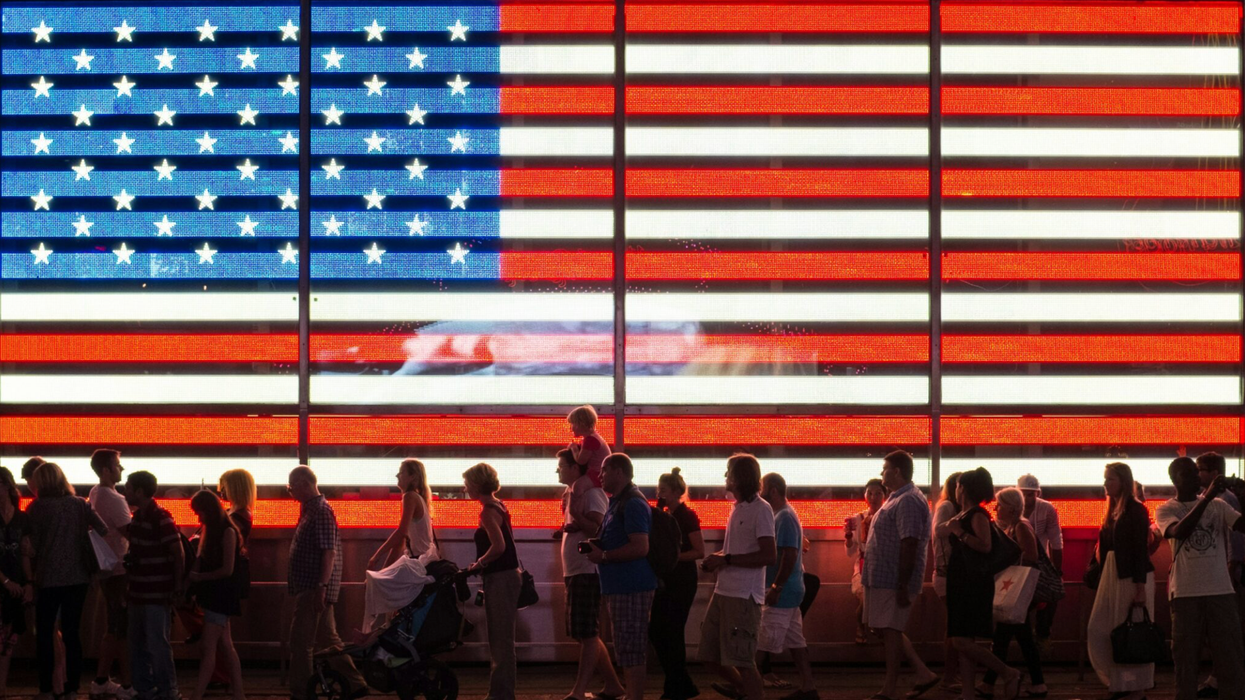When federal immigration enforcement operations swept through Los Angeles earlier this summer, the effects rippled far beyond the undocumented community. Entire neighborhoods saw the slowdown of businesses as the sense of fear began to settle in. Yet, the absence of safety nets has encouraged residents to rely on one another.
Across the city, mutual aid networks, some long-standing and others entirely new, have mobilized to meet urgent needs. From advocacy nonprofits to autonomous street-defense teams to the vendors themselves, the response reveals a pattern: in times of crisis, communities turn inward, pooling resources, skills, and trust to keep each other afloat.
Walking through the Fashion District’s Santee Alley, known locally as Los Callejones, the economic fallout is visible. Foot traffic is thin. Vendors lean against their stalls, scanning the street.
Erick, who helps run his family’s hat and embroidery shop, says the raids have cut business in half. “Since the ICE raids started, I’ve lost more than 50% of my revenue,” he said. “There’s a lot less people, and families are afraid of just walking around and shopping. It’s supposed to be a safe space, but now customers wonder if they’ll even make it home without being stopped.”
Even weekends, which used to be the busiest days, feel eerily slow. A group chat among vendors now acts as a warning system, allowing them to alert each other of possible ICE sightings.
Rodrigo Alvarado, who works at a cellphone accessories stand, has been in the Callejones for over a year. He says the decline in sales is steep and happened immediately after rumors of enforcement circulate. “More than anything, I feel like it is the bad promotion [misinformation] that has been circulating about Santee Alley. ICE has not been on the premises, and my bosses have told me if they were to show up, it would be trespassing,” he said.
At the end of the alley is a stand stacked with zines, flyers, and small plastic bags, each one containing what volunteers call a “Know Your Rights kit.” The station belongs to the Downtown LA Community Defense Center, an entirely autonomous, volunteer-run network that exists mostly through group chats and word of mouth.
“I can’t give my name,” one masked volunteer said, “but I’m a born-and-raised Angeleno. This effort is just a bunch of people who care about protecting the community. We don’t know each other personally, we organize anonymously, but we come together to get vendors the information and tools they need.”
The tools include legal guides distinguishing real judicial warrants from fake Department of Homeland Security warrants, private property signs to deter ICE from entering shops, and bright plastic whistles. Vendors are trained to use specific whistle calls to warn each other if ICE is nearby or if someone is detained.
The Defense Center also works on getting the community ready if a raid occurs. The organization has no official board and relies on rotating volunteers to step in when others are unable. Many of the printed materials come from other Angelenos who design, fund, and contribute to the cause.
On the other hand, InnerCity Struggle is a non-profit that has worked on education, housing, and economic justice in East Los Angeles for over 30 years. When ICE raids hit, they prioritize direct mutual aid efforts, raising $52,800 toward a $100,000 goal, to help immigrant families who lost income or faced deportation-related expenses through a $500 rental assistance or free grocery program.
Similarly, HIIT Factory LA, a local gym, launched a mutual aid drive providing groceries, gift cards, and bill assistance to impacted families, turning workout classes into fundraisers.
From nonprofit offices to gym floors to neighborhood groups in the Callejones, the common thread is taking initiative to help those that are directly affected, not only by spreading information but through resource and monetary help. These networks are rooted in the communities they serve; therefore, they know the specific needs of people and the best way to mend their hardship.
Still, the limits are clear. Funding runs out. Volunteers face burnout. And the risk of future raids remains constant.
These networks of resilience show that when the government turns against its people, neighbors can coordinate rapidly to preserve not just livelihoods but dignity.
Lluvia Chavez, a Mexican-American bilingual journalist dedicated to amplifying the stories of underrepresented communities, and a cohort member with the Fulcrum Fellowship


